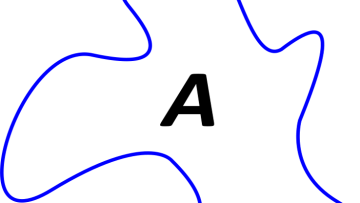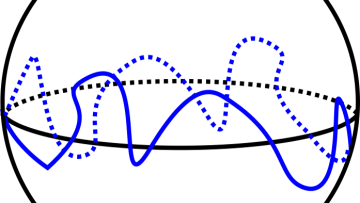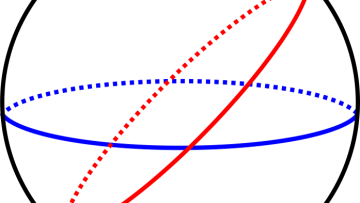Re-Engineering History: A Playful Demonstration
Abstract
This session will discuss how Douglas Hartree and Arthur Porter used Meccano — a child’s toy and an engineer’s tool — to build an analogue computer, the Hartree Differential Analyser in 1934. It will explore the wider historical and social context in which this model computer was rooted, before providing an opportunity to engage with the experiential aspects of the 'Kent Machine,' a historically reproduced version of Hartree and Porter's original model, which is also made from Meccano.
The 'Kent Machine' sits at a unique intersection of historical research and educational engagement, providing an alternative way of teaching STEM subjects, via a historic hands-on method. The session builds on the work and ideas expressed in Otto Sibum's reconstruction of James Joule's 'Paddle Wheel' apparatus, inviting attendees to physically re-enact the mathematical processes of mechanical integration to see how this type of analogue computer functioned in reality. The session will provide an alternative context of the history of computing by exploring the tacit knowledge that is required to reproduce and demonstrate the machine, and how it sits at the intersection between amateur and professional science.





